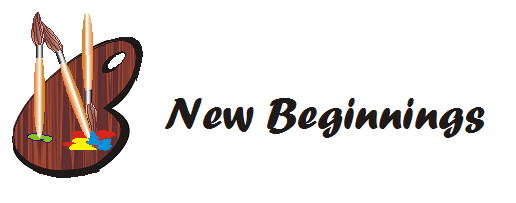 |
Radhia Firfirey,
Pencil crayon drawing of a soap composition,
2011.
42cm × 30cm, A3 size paper.
Crawford, Cape Town.
Price R30. |
Pencil crayon is a type of media that you can use in drawing fine detail. By using the thick pastel or charcoal media you will find that fine detail is very difficult to fill in. The pencil drawing of a soap composition is place together to show all the types of texture that you can represent in using a pencil crayon. In this soap parcel you find smooth textures like the packets, rappers and bottle. The basket & soap is coarse, the face cloth is soft and the scrub is a soft coarse net texture. To create the different textures you have to hold the pencil crayon at different angles. To give this piece of art work a three dimensional outlook you will need to use tonal value. Tonal value is created by form and placing tone on the surface will give the impression that the object has volume.
This pencil crayon drawing of a soap parcel is applicable to hang up in the bathroom or in the passage. The colour blue is a cold colour that will calm a person down if he or she does not feel well. The yellow and pink are warm colours. To form pink you will need to mix red and white. Yellow is a primary colour and pink is a tint colour. The cold colours and warm colours work in harmony with each other. The repetition of folds in the cloth shows depth in the basket that works in harmony with the item that is place in the fold. There is a strong emphasis on the colour blue with its detail. To add interest to my drawing I used the gestalt principle in it. The gestalt principle states that pieces of incomplete shapes can form a shape seen by the discerning eye. Try to see the shape in my drawing.
Firfirey, R. 2011. Pencil crayon drawing of a soap composition. Crawford, Cape Town.

























